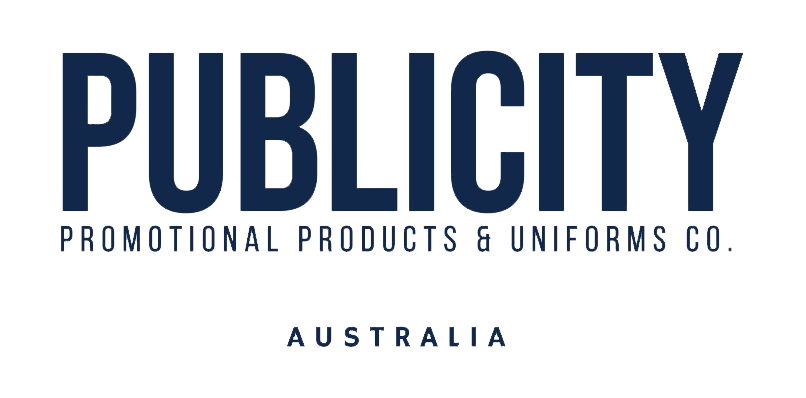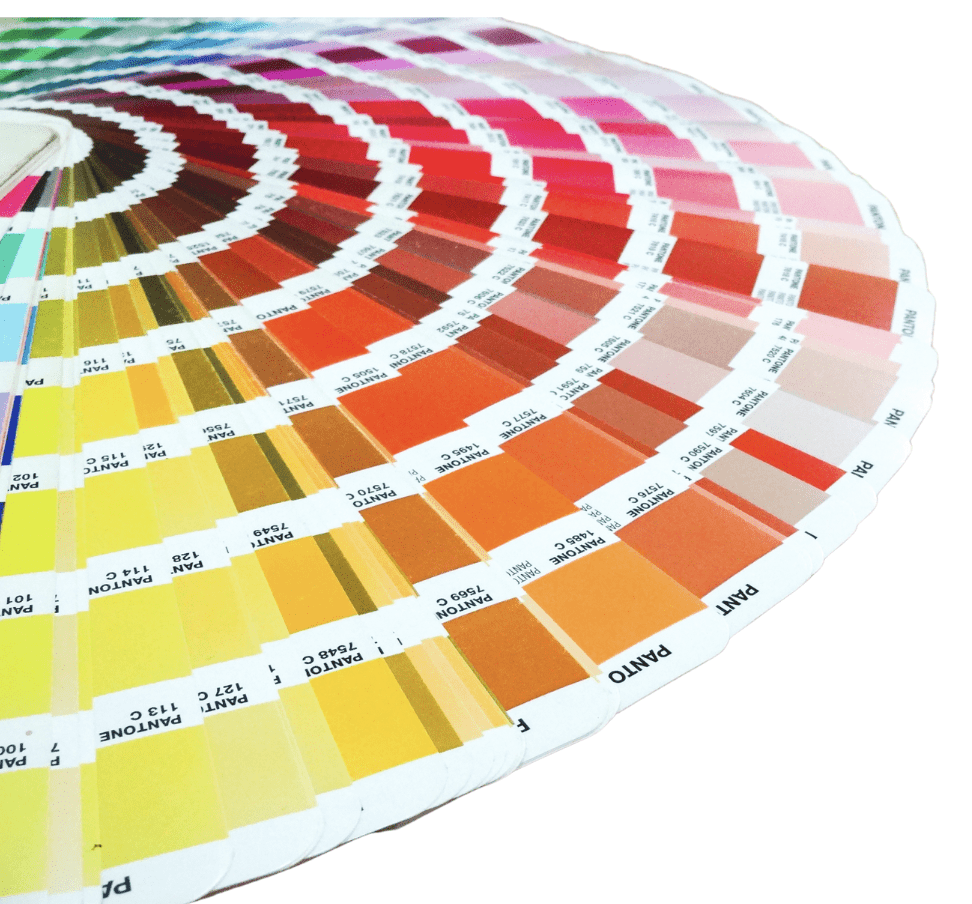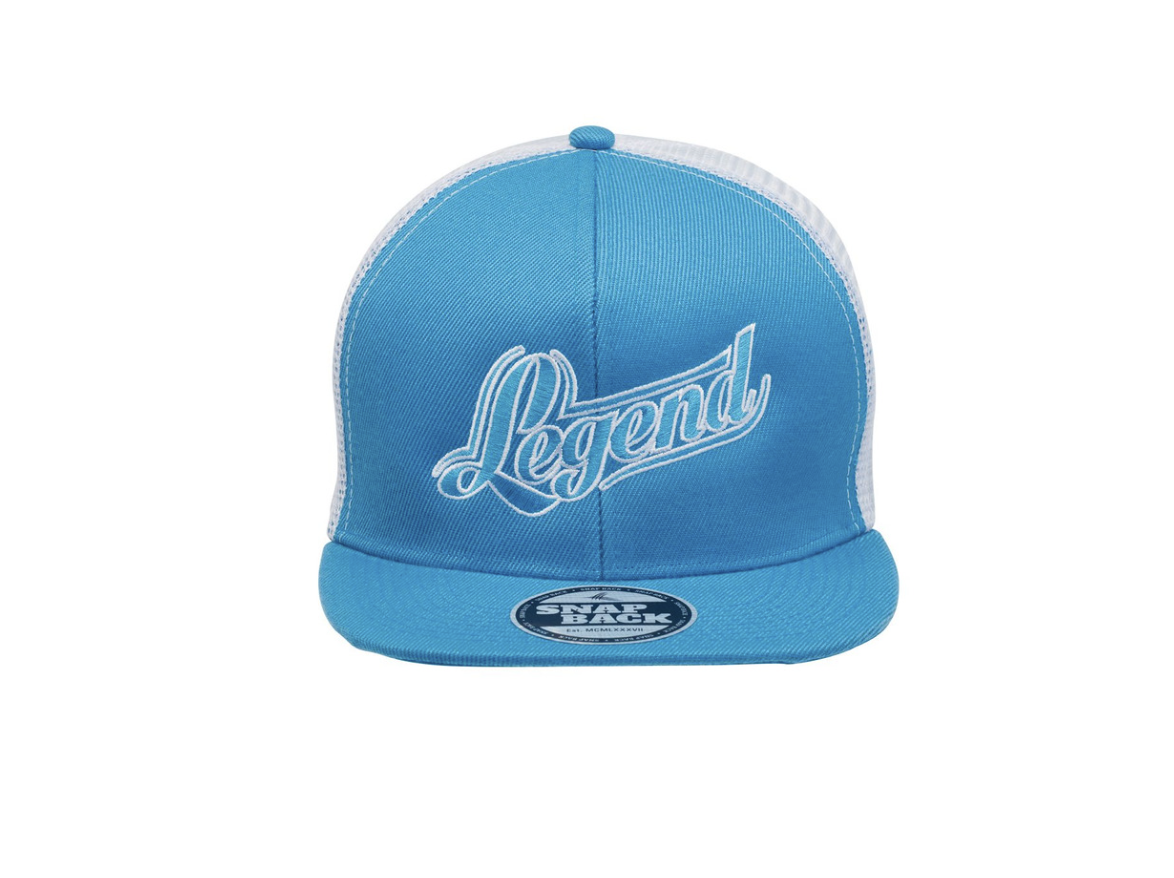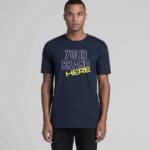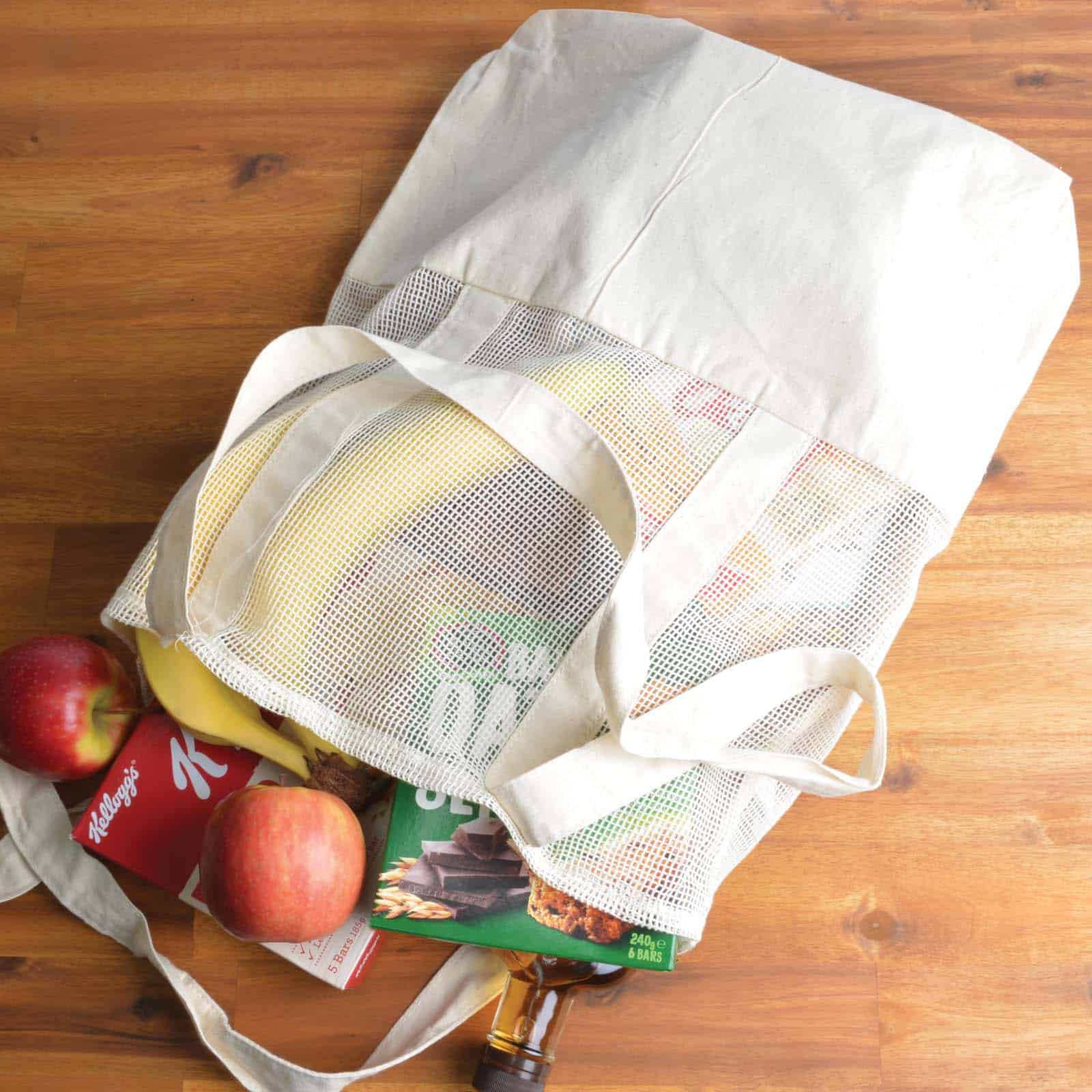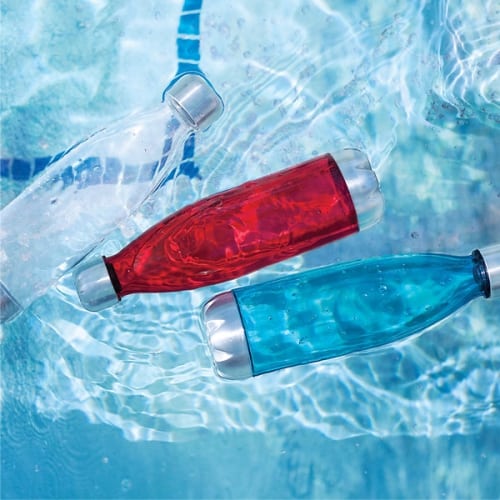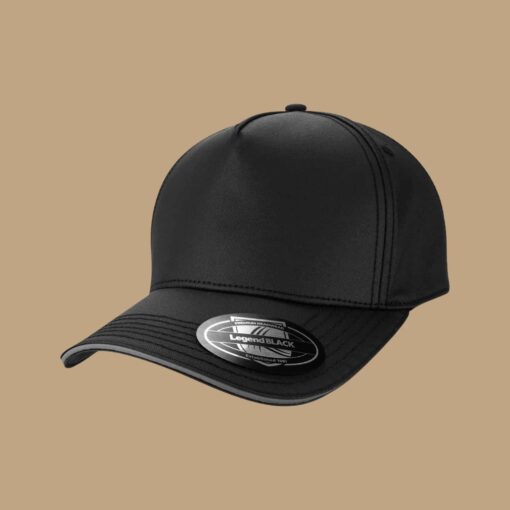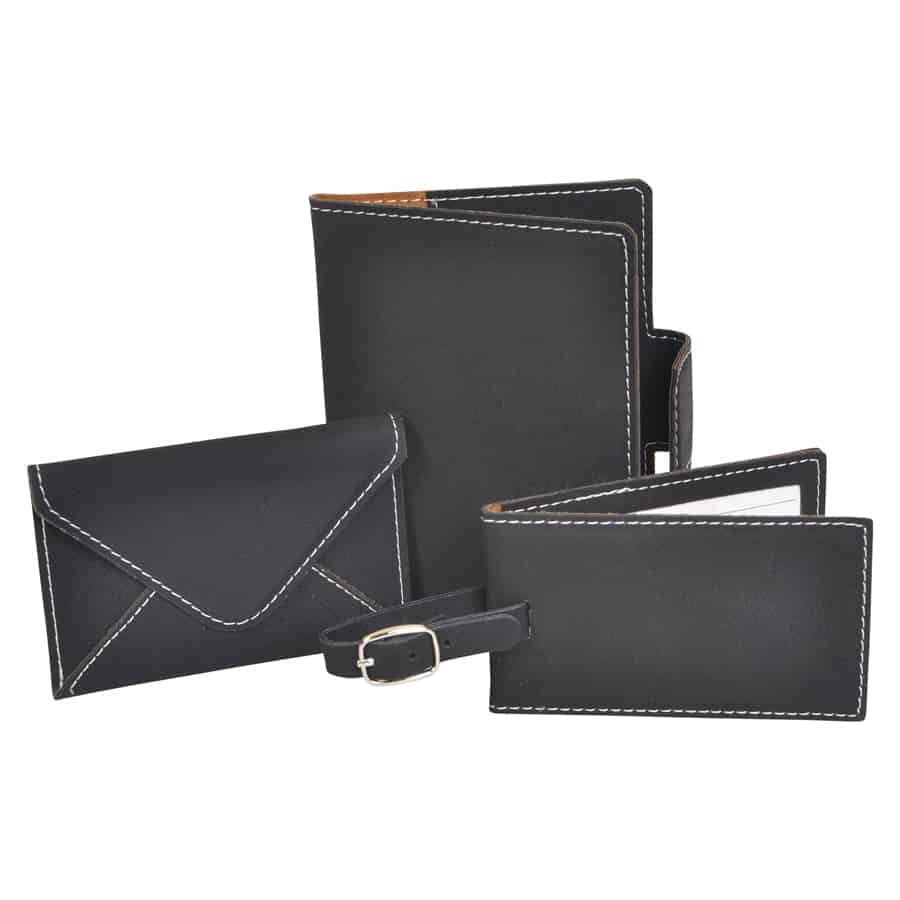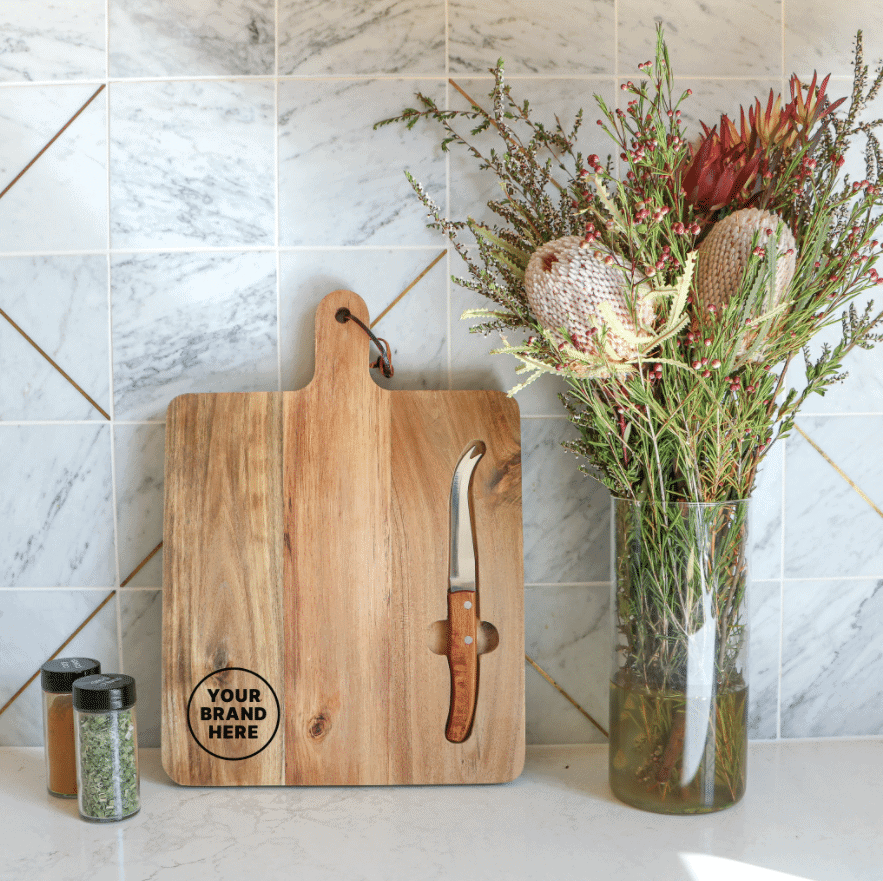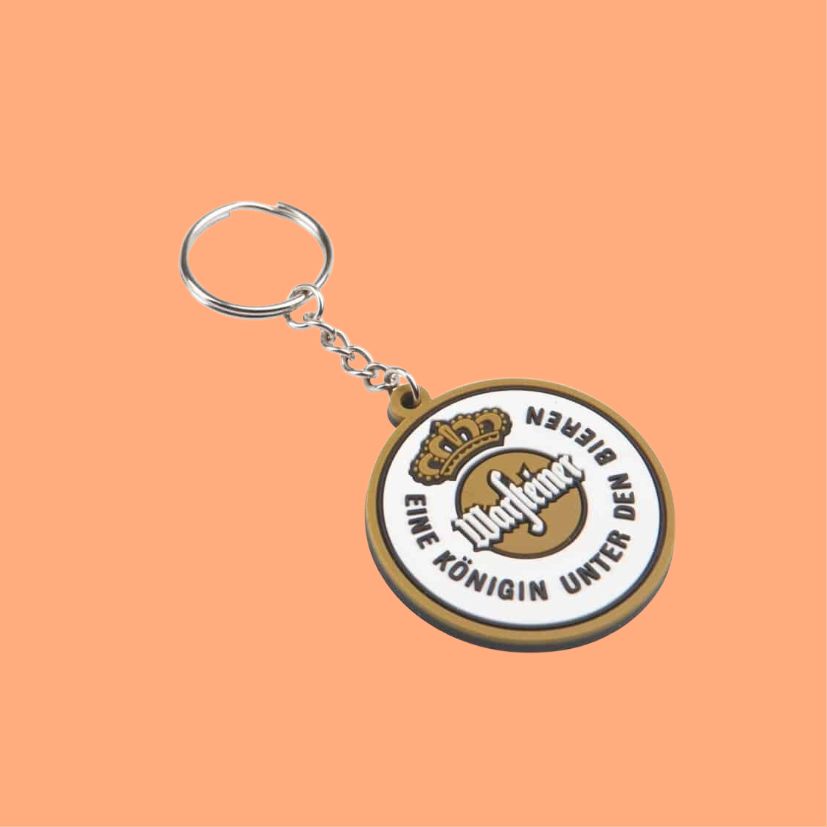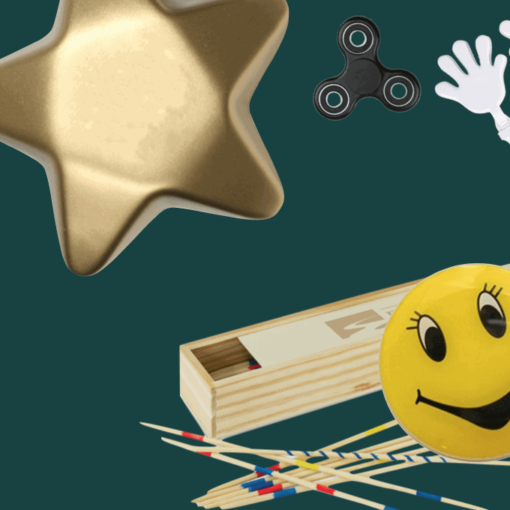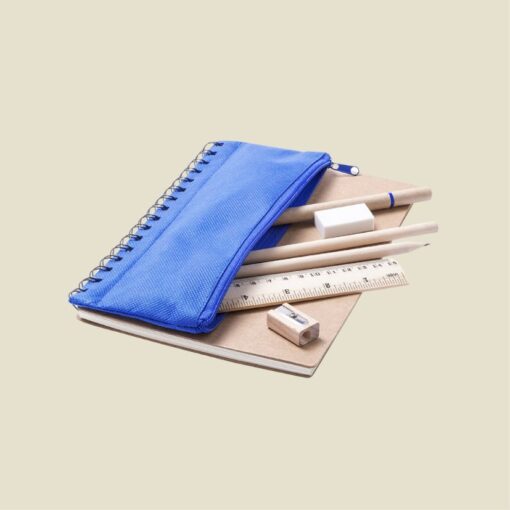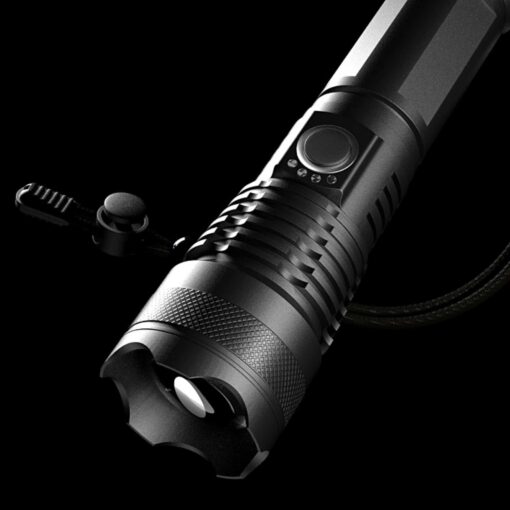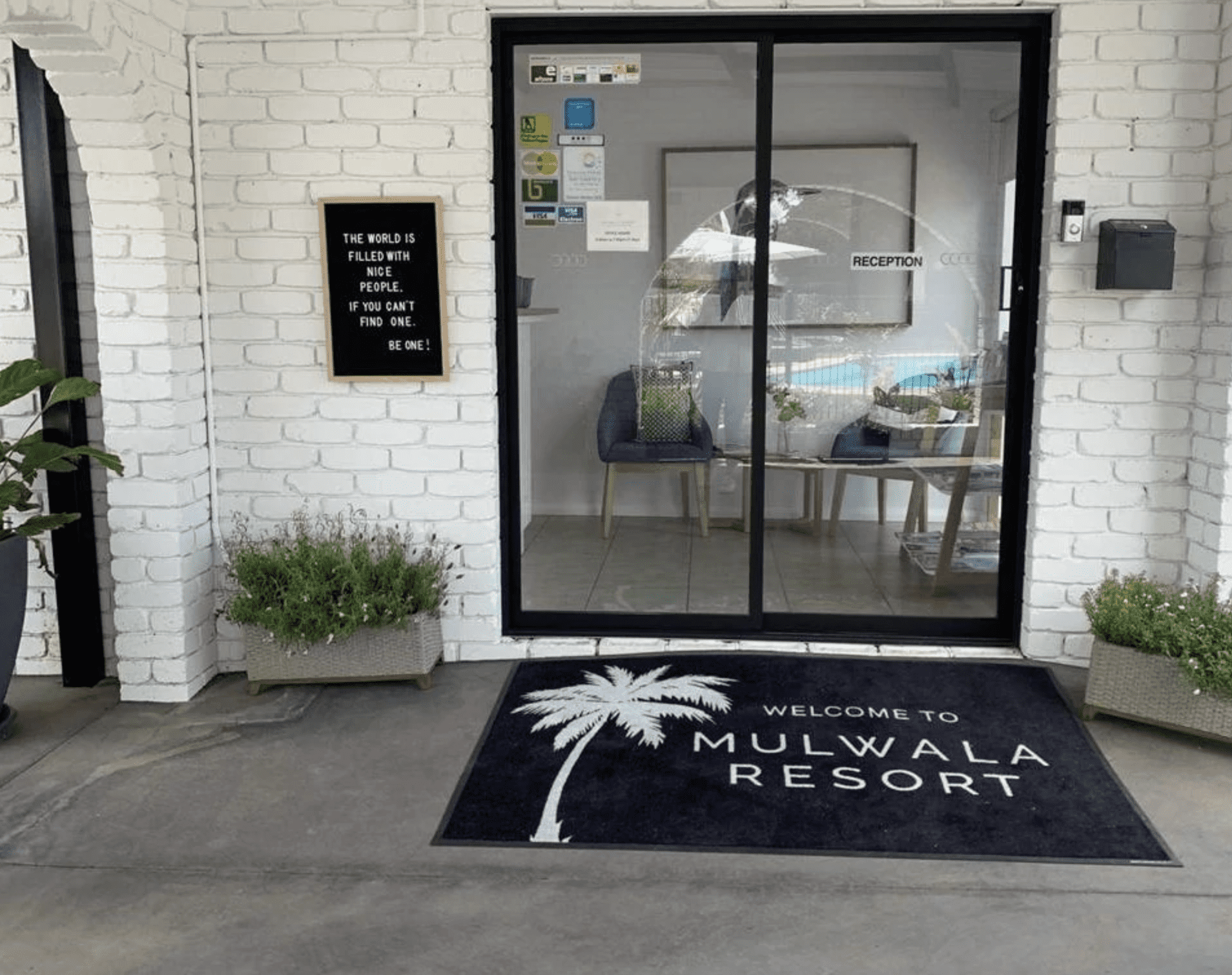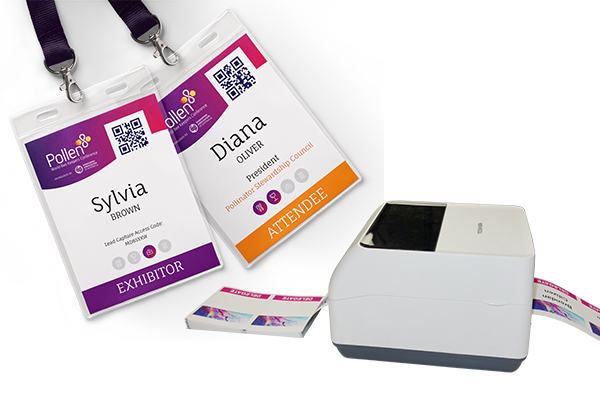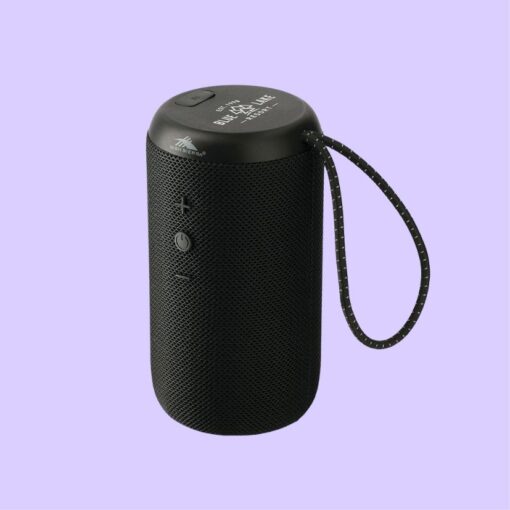Pad Printing Promotional Products
Pad Printing for Small Products & Gifts
Are you looking for a way to brand your smaller products & gifts with a logo? Consider pad printing! This method uses a silicone pad to transfer images to products from a laser-etched plate. In this article, we’ll explore the advantages and limitations of pad printing, as well as the artwork requirements and set-up fees involved.
One of the biggest advantages of pad printing is its versatility. This method can be used on a wide range of materials, including plastics, metals, glass, and ceramics. Additionally, it can be used to print on curved or uneven surfaces, making it an ideal choice for products with non-flat surfaces.
However, it’s important to note that pad printing does have some limitations. The size of the image that can be printed is limited by the size of the pad, so large images may not be possible. Additionally, the quality of the print may be affected by the texture of the surface being printed on.
When it comes to artwork requirements, it’s important to provide high-resolution vector files in order to ensure crisp, clear prints. Set-up fees will vary depending on the complexity of the design, but generally speaking, pad printing is a cost-effective option for smaller products and gifts.
Overall, pad printing is a reliable and versatile method for branding smaller items with a logo or design. By understanding its advantages and limitations, you can make an informed decision about whether it’s the right choice for your product.
What is Pad Printing?
Pad printing is a popular and cost-effective way to brand promotional products. This technique is particularly useful for printing on curved or uneven surfaces, and can even print multiple colours in a single pass. Pad printing is cheapest for 1 colour print but can be printed up to 4 colour on most products. However, halftones cannot be consistently reproduced and close PMS matches are more difficult on darker products.
Pad printing involves transferring ink from an etched printing plate onto a silicone pad, which then applies the ink onto the desired surface. The silicone pad is able to conform to the shape of the product, allowing for accurate and consistent printing. This makes pad printing a popular choice for branding on a variety of items such as pens, keychains, and golf balls and drink bottles. Additionally, because the ink used in pad printing is typically a thicker consistency, it can create a more durable and long-lasting print than other printing methods. Overall, pad printing is a versatile and efficient way to add branding to promotional products.
Advantages of Pad Printing
- Can be used on uneven or curved products
- Can print multiple colours in a single pass
- Close PMS matches are possible on white or light-coloured products
- Metallic gold and silver available
Pad printing is a popular printing method used for a variety of products. One of its main advantages is that it can be used on uneven or curved surfaces, making it ideal for printing on products with irregular shapes. Another advantage is that it can print multiple colours in a single pass, which saves time and reduces the cost of production. Additionally, close PMS matches are possible on white or light-coloured products, ensuring that the printed colours closely match the desired shade. Finally, pad printing also offers the option of metallic gold and silver, which can add a touch of elegance and sophistication to any product. Overall, the advantages of pad printing make it a versatile and cost-effective printing method for many different applications.
Limitations of Pad Printing
- Halftones cannot be consistently reproduced
- Size of branding areas is limited on curved surfaces
- Unable to print variable data
- Close PMS matches are more difficult on darker products
- Minor print distortion may occur on uneven or curved surfaces
- Pad print inks require curing before shipping
- Set-up charge required for each colour to be printed
Despite its versatility and cost-effectiveness, Pad Printing also has its limitations. One of the major limitations is that halftones cannot be consistently reproduced. This means that gradients or shades of colour are difficult to achieve and may result in inconsistent prints.
Another limitation is the size of branding areas, especially on curved surfaces. Since the pad printing process involves using a pad to transfer the ink to the surface, the size of the branding area is often limited by the size of the pad. This means that on curved surfaces, the branding area may be even more limited.
Additionally, pad printing is unable to print variable data, which means that each print will be the same. This may not be suitable for products that require customisation or personalisation.
Close PMS matches are also more difficult to achieve on darker products. This is because the ink may not be as visible or vibrant on darker surfaces, making it harder to match the exact colour.
Minor print distortion may also occur on uneven or curved surfaces, which may affect the overall quality of the print. Pad print inks also require curing before shipping, which means that there may be a delay in delivery.
Lastly, a set-up charge is required for each colour to be printed, which may increase the cost of the printing process. Despite these limitations, Pad Printing remains a popular and cost-effective branding method for various products.
Artwork Requirements
To ensure the best results, artwork should be provided in a print-ready format, preferably in vector file formats such as EPS or AI. Additional charges may apply if the logo needs to be converted to a print-ready format.
If vector files are not available, high-resolution bitmap images such as JPEG or PNG may be accepted, but these may require additional graphic design work to ensure the artwork is suitable for printing, we can help create vectorised artwork files for quality print, this will be discussed with you if you are unable to provide correct format, additional charges apply for graphic design and redrawing artwork to vector format. It is important to note that low-resolution images, such as those sourced from the internet, may appear pixelated or blurry when printed. To avoid any issues with the final printed product, it is recommended that artwork is provided in the highest resolution possible. If you are unsure about the suitability of your artwork, please contact us and we will be happy to advise on the best course of action.
Can I Pad Print in Full Color?
No, pad printing is not recommended for designs that use gradients, shades, or complex colours such as images or photos. Only solid colours can be printed.
Pad printing is a process that involves transferring ink from a silicone pad onto a 3D object. It is commonly used for printing logos, text, and simple designs on various materials such as plastics, metals, and ceramics. However, due to the limitations of the pad printing process, it is not suitable for designs that require full-colour printing. For full-colour printing, other methods such as digital printing or sublimation printing may be more appropriate. These methods allow for the use of gradients, shades, and complex colours, making them ideal for printing images and photos. It’s always best to consult with a professional printer to determine the best printing method for your specific design needs.
Set-Up Fee
The set-up fee for pad printing is $75 per colour, per position of branding.
This set-up fee is a one-time charge that covers the cost of preparing the printing equipment and materials for your specific branding needs. It is important to note that this fee is separate from the per-unit printing cost and may vary depending on the complexity and size of your design. However, investing in quality branding through pad printing can greatly enhance the appearance and appeal of your products, making the set-up fee a worthwhile expense. Our experienced team is here to guide you through the process and ensure that your branding is executed flawlessly.
Contact us today to learn more about our pad printing services and how we can help you achieve your branding goals on your promotional products.
